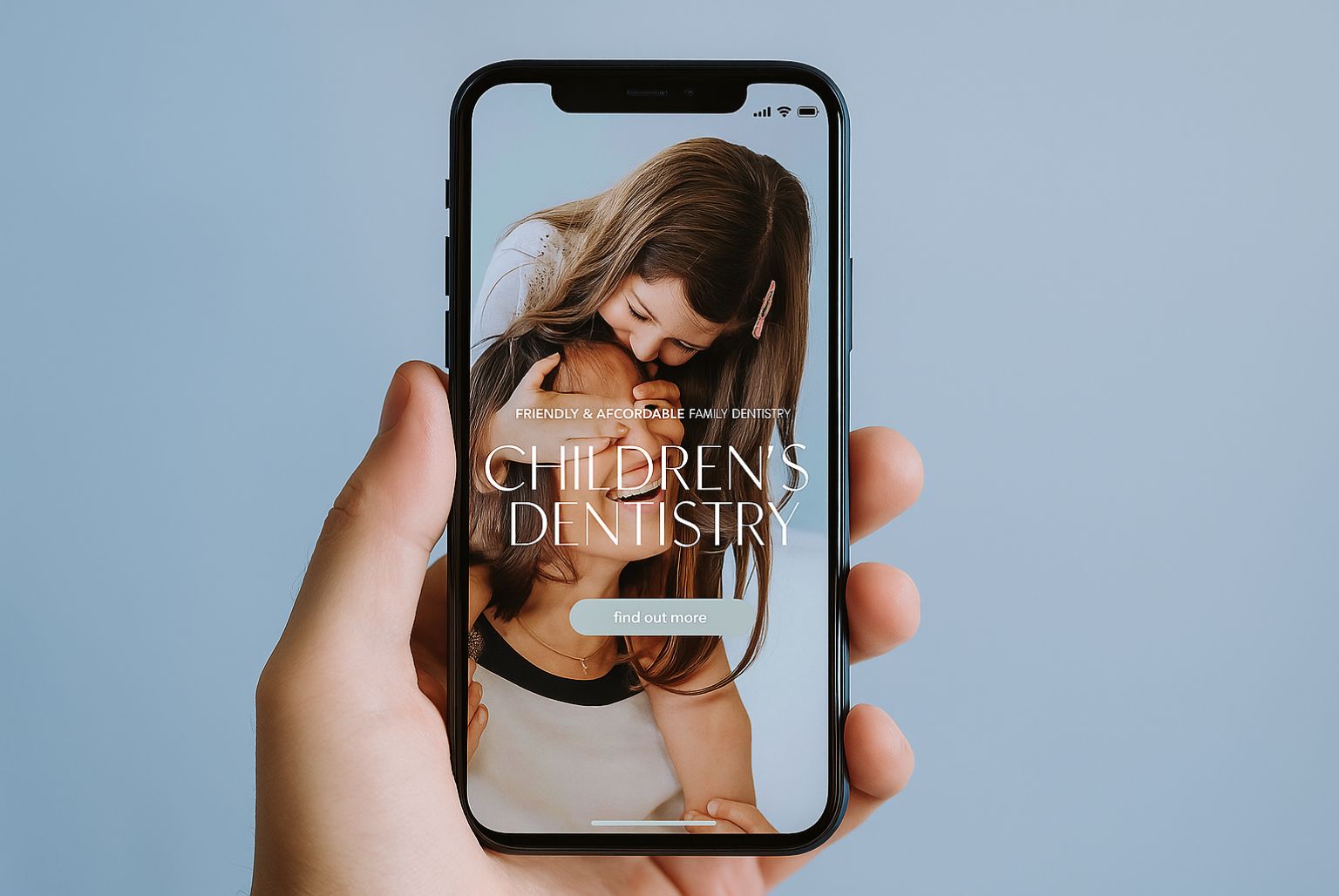Social media is a very important tool for building your brand and reputation management. It is a direct channel of communication to your followers, who are platform users that are actively engaged in what you as a business offer and what you have to say. Populating your chosen platforms (the key word being chosen) with social media content that resonates with these followers and your target audience is crucial to your brand building. Let’s explore the social media content you need for each platform, both the absolute basics and some of the more engaging.
Choosing your social media platform
First things first – choosing your social media platform. You don’t want to spread your business, your time, and your digital marketing budgets too thinly. Therefore, you shouldn’t be spending too much time (or any time) on the platforms that your target users are not using. If for example, after some industry research, you’ve discovered that your target demographic are not big Twitter users but instead spend a lot of time scrolling Instagram, don’t create a business Twitter account. Recognising where to post your social media content is almost as important as creating good content itself, because otherwise you may be flinging great posts into the abyss where nobody is listening or engaging. Stick to where you’re known and where will bring you the greatest returns, and you won’t be perceived as lacking in a particular platform.
Premises and Team Photography
If you have arranged a professional photoshoot for your business before, you’ll no doubt be very proud of the high-resolution images captured. This can be used very readily across social media as a way of introducing team members, showing a business-to-client interaction, or to show your clients what to expect when they enter your premises or offices. However, this kind of photography doesn’t have to be professionally shot on an expensive camera. A lot of effective social media content tells a story and shows a little bit of personality, and these moments are often captured on employee smartphones. Taking a photo of a colleague on their birthday, a team social, or even a smiling face behind a desk provides real-time social media content that allows followers an insight into your businesses. These little flashes of fun helps to create a world around your business, which encourages users to interact with your posts.
Videos
We’ve taken a look at why video marketing is vital to your digital content before, but it is very useful when influencing buying behaviours. Videos are considerably more shareable than static content (images and graphics) because of the world they build around your brand. Take a video testimonial for example – the video testimonial shows a real person discussing their real problems and how your business solved them. This video may also be filmed professionally in your premises, which are no doubt clean and bright, indicating that you are a reputable business. All of these visual semantics are subconsciously picked up by your viewers, who may then ‘tag’ their friends who might be interested in your services in the comments below the video. Videos inspire a lot of engagement and social media algorithms positively value content that is seen to be shared.
Live Videos
Live videos for social media content are one of the majorly untapped content generators at the moment, but it is growing. More and more people are realising the benefits of live videos, as it adds a third dimension to your business. In the aesthetics industry, for example, notable opinion leaders have been using Instagram Live and Facebook Live to advertise the launch of a new dermal filler. When you begin a Live video on either platform, a notification pops up and proclaims that ‘Cosmetic Digital is broadcasting live! Watch now’ or something of that ilk, inviting your followers to join the livestream. Upon commencement of your Facebook Live, you can then upload that social media content to your feed and keep it. Adding a third dimension to your business allows users to see that something is going on right now and that you want to share it. It creates a sense of value, of importance, and of something that was too good not to share.
Disposable Content and ‘Stories’
Facebook and Instagram took inspiration from Snapchat’s story option, where you can add an image or video to your account’s ‘story’ for just 24 hours before it disappears again. This kind of disposable content is great for social media content because it allows you to post real-time updates and posts that don’t fit in with your current scheduling or content strategy. For example, as an aesthetic clinic you could remain posting before and afters and infographics on your main feed, but then post the daily running of your clinic or even your coffee break on your Instagram or Facebook stories. It’s very effective in adding that human touch to your business, but it also allows you to post more content without over-saturating your feed. It’s like a completely separate feed, albeit a 24 hour one, to your regular feed.
User Generated Content
Another valuable part of social media content you definitely need for your platforms is user generated content. On Instagram, if a person tags you in their own story and their profile is public, you can share that onto your own business’ story for the next 24 hours. This shows your followers and target demographic that their peers and people just like them are trusting your business and services and are even actively promoting them on their story. This cycle continues when users see that you have posted someone else’s story, because then they may post their own and tag you for a chance to be featured likewise. The self-perpetuating cycle of being noticed by your business and engaged with inspires more engagement, which helps others to trust in your business. Even if posts aren’t on the story but are on the Instagram feed, you will still be able to repost these onto your feed (there are third-party apps that can do this, or you may simply ask the user for their image). User generated content ensures that your conversation with your clients goes two ways, as all conversations should.
Starting, Continuing, or Contributing to a Conversation
Social media content doesn’t need to all be visual. Inspiring engagement also means inspiring engagement. Sharing news stories, blog posts, and other relevant links that may be a talking point for you and follower base is a good way to inspire this. This also allows you to answer comments left by your followers, prompt a discussion, and even ask for opinions. As we said above, a conversation goes two ways, so this kind of engagement-inspiring content practically asks users to involve themselves with your business. This can be done effectively across Facebook and Twitter, but not so much Instagram because of the visual nature of the platform. Posting a link to an article or blog post on Facebook allows for engagement, but Twitter’s early introduction of the hashtag allows these kinds of discussions to be grouped for any and all for search for them. This means that, in using hashtags to discuss #MedicalNews or #InteriorDesign, you are inviting anyone who searches for that topic to join your conversation. This is a great way of broadening your followers and creating a conversation.
Social Media Content
Social media content needs to be planned and implemented carefully but get this right and you will notice your brand reputation growing. Social media awareness doesn’t always directly correlate to increased sales, but a large portion of your consumer base won’t consider investing in your services without checking out your social media presence first. It often influences and interests consumers, helping them through the conversion funnel, but it’s just as vital to use it as reputation building. If you’d like some guidance on your social media content, get in touch with a member of our team today on 01159 140 640.




